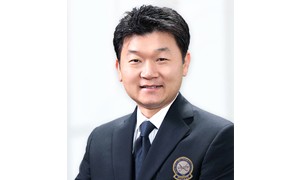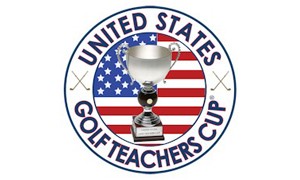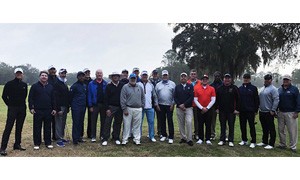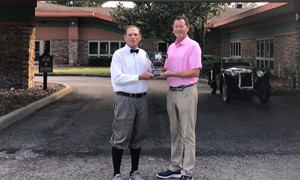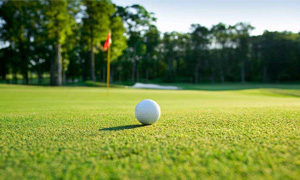Basic Knowledge When It Comes To Clubs
I teach at a golf retail store when I’m not executing my duties with the USGTF, and one of my side jobs is doing club fitting. I’m not exaggerating when I say I’ve learned more than I ever really wanted to know about clubs these past three years! Here’s a little bit of what I’ve learned:
Irons – Generally, there are muscleback irons, good-players irons with slight forgiveness, good-players irons with technology, and game-improvement irons. Clubs geared towards good players tend to have less offset and smaller heads, while game-improvement irons have more offset and bigger heads. Good players who hit the ball relatively short for their skill level should seek out irons that have some distance technology. Examples include Ping i500, Titleist T200, TaylorMade 790, and Callaway Mavrik. If distance isn’t a problem but some forgiveness is warranted, options would be Ping i200, Titleist T100, and Srixon Z 585. I would recommend muscleback irons only for good players who don’t need added distance and who strike the ball fairly pure – in other words, a very small audience.
Drivers – There are five general categories for drivers: 1) Drivers designed for accuracy with little workability; 2) Drivers designed for workability at the possible cost of accuracy; 3) Low-spin drivers; 4) Lightweight drivers; 5) Draw-biased drivers. There can be some overlap in these categories, but usually they are clearly defined in one of these categories.
Wedges – It wasn’t long ago that buying a wedge was as simple as picking one out with the loft you wanted. Now there are bounce angles and sole grinds to consider. Titleist Vokey wedges, for example, feature six different grinds!
How do we, as teachers, keep up with all these developments? As someone in the business, it’s not easy for me! Not to mention all the different shaft and ball options. I would advise going to the companies’ websites for information. While the descriptive text is designed for sales, it also provides some good info on each club. More importantly, just knowing the categories that exist can be helpful in steering our students towards the correct equipment for their game.



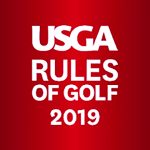 The Official Rules of Golf by the USGA
The Official Rules of Golf by the USGA GolfLogix GPS + Putt Line
GolfLogix GPS + Putt Line Zepp Golf Swing Analyzer
Zepp Golf Swing Analyzer The Master’s App
The Master’s App Golden Tee
Golden Tee